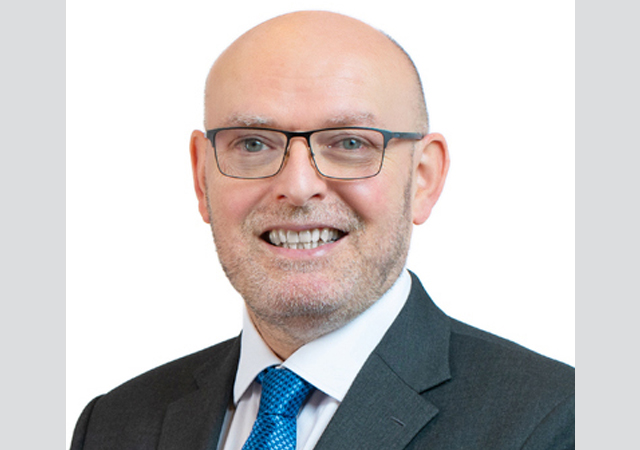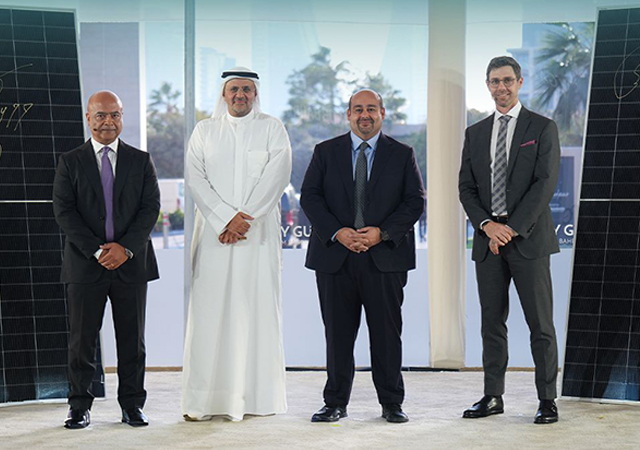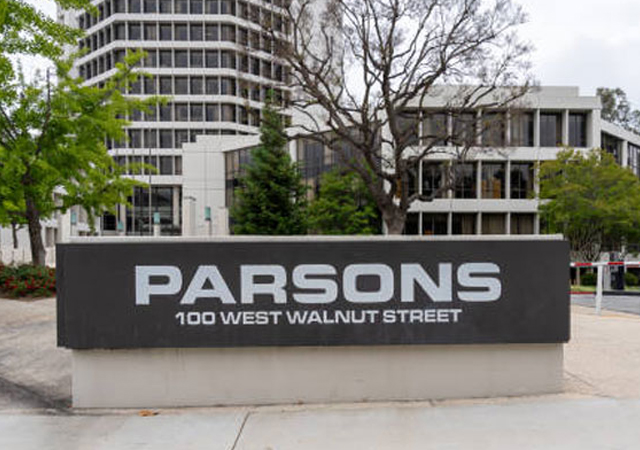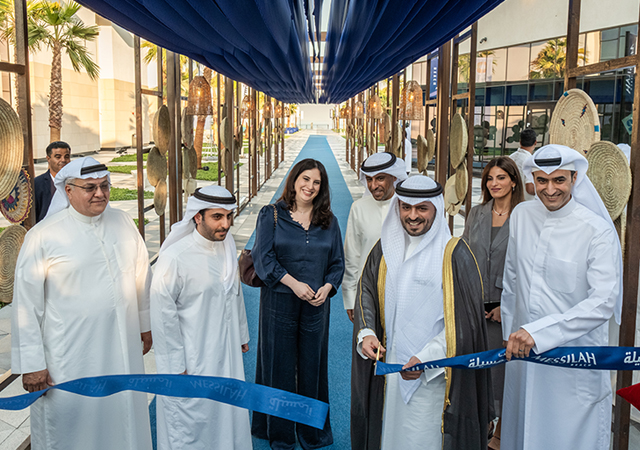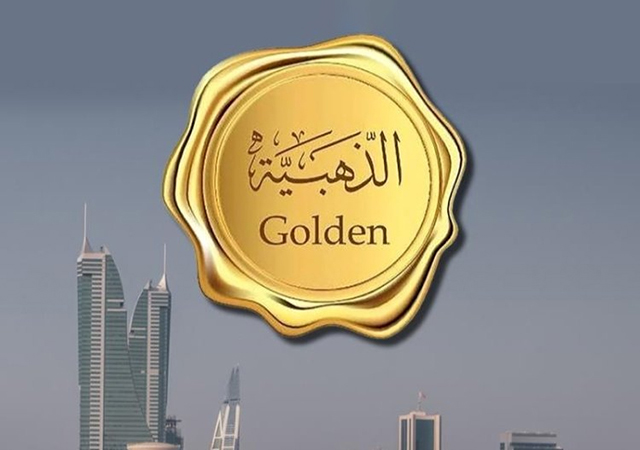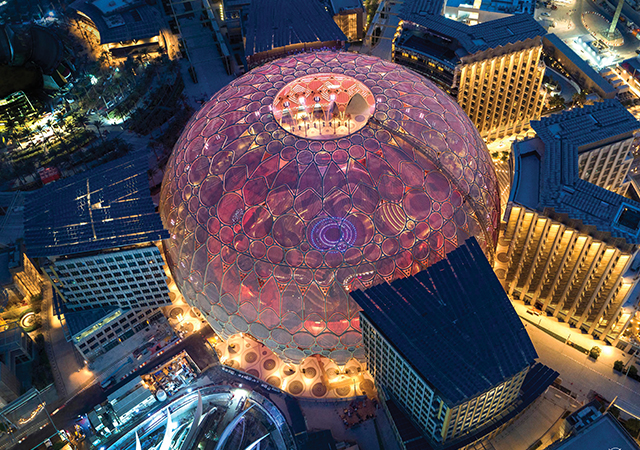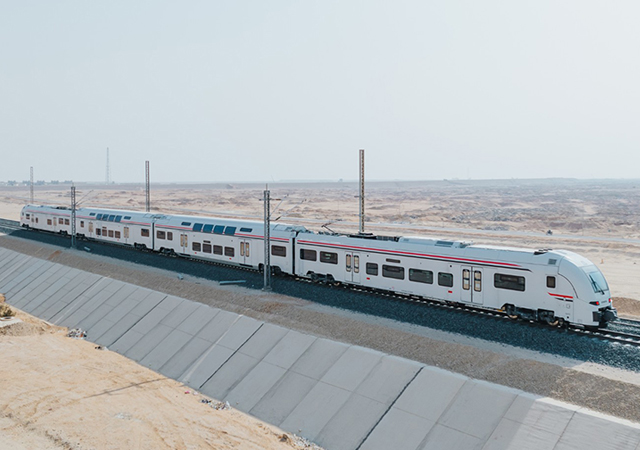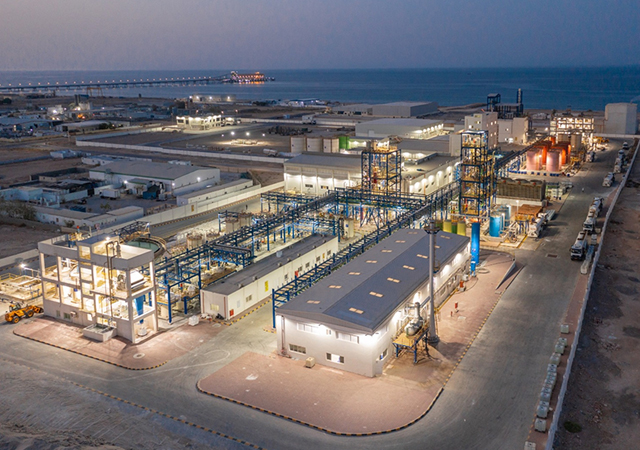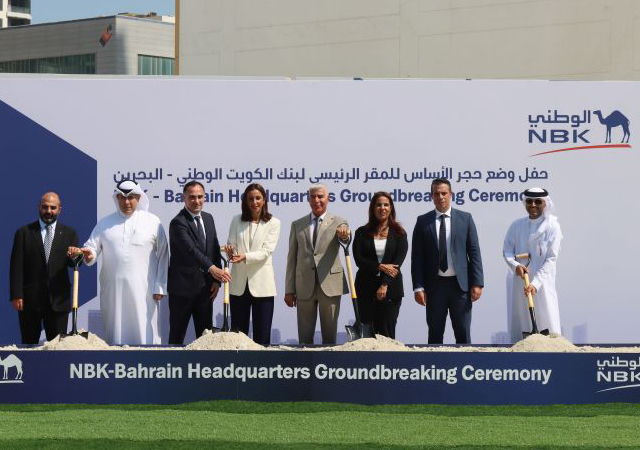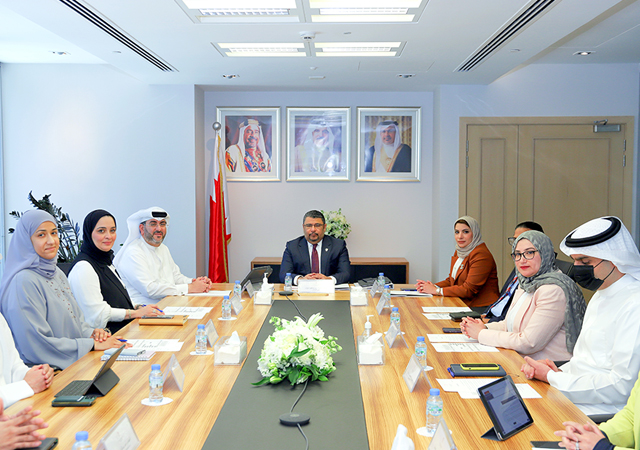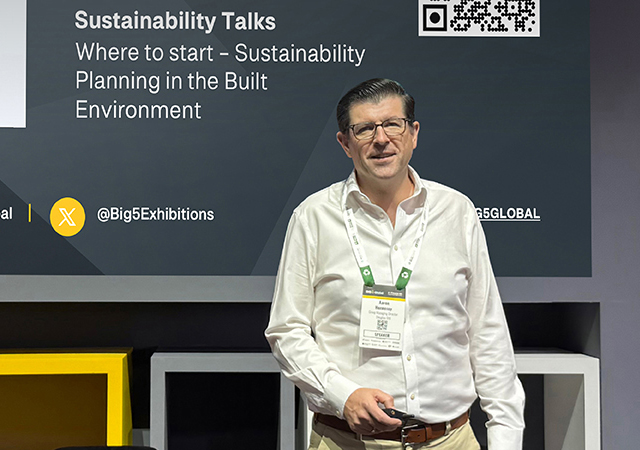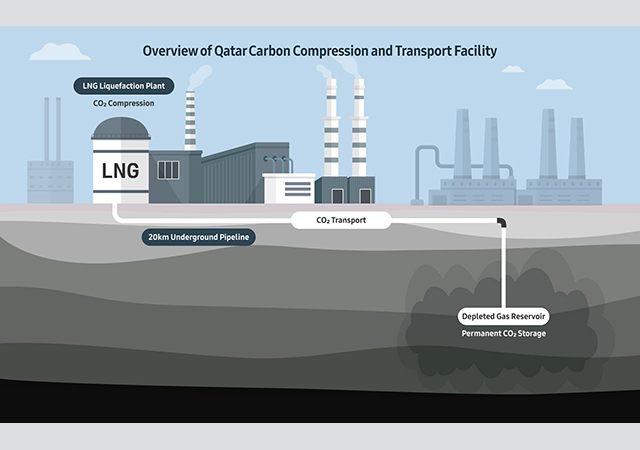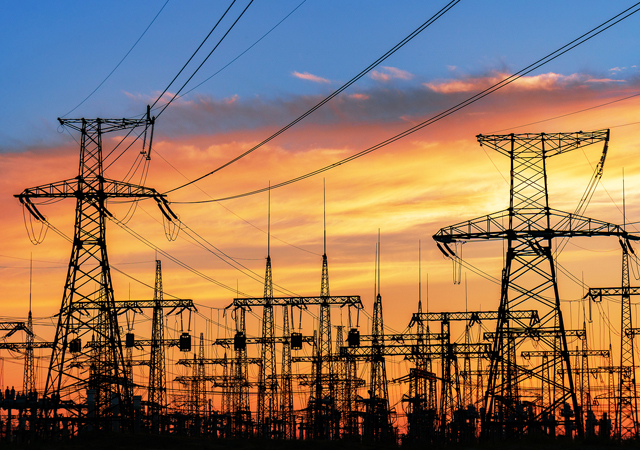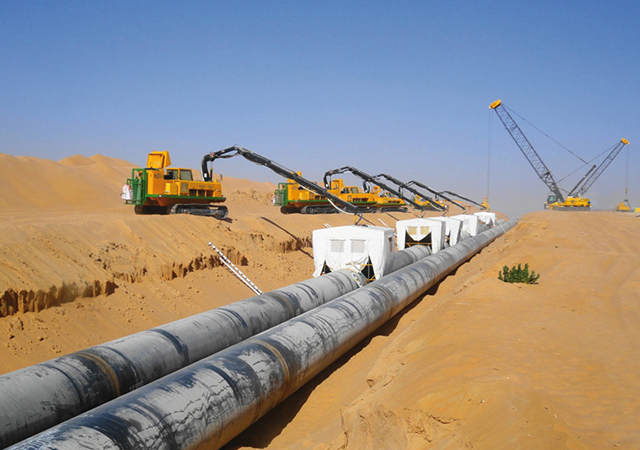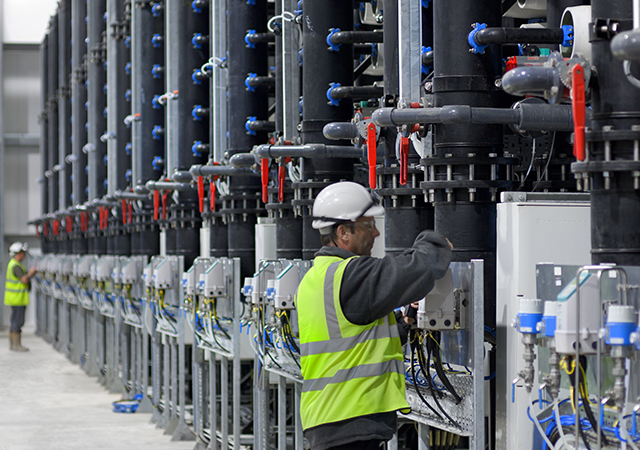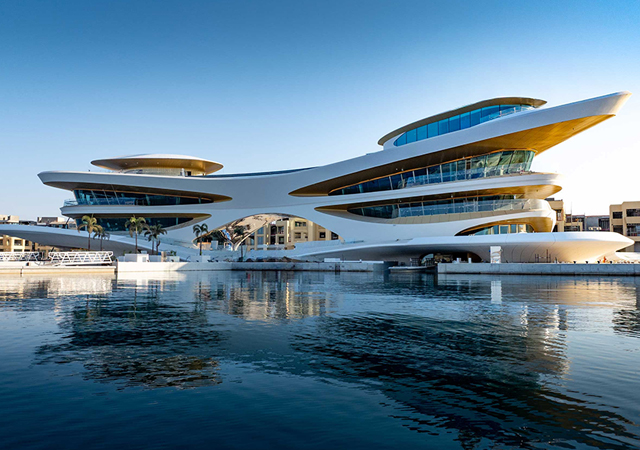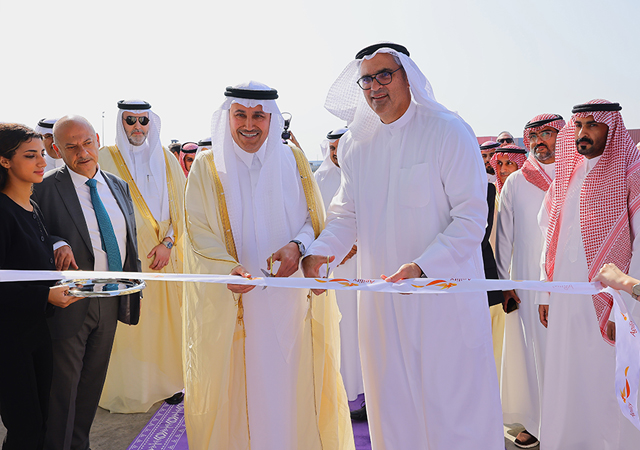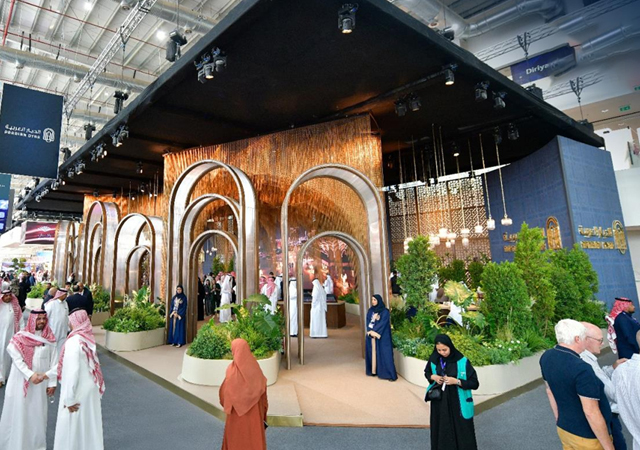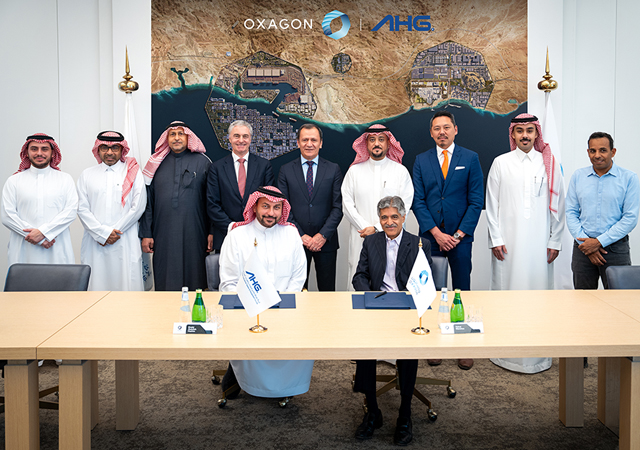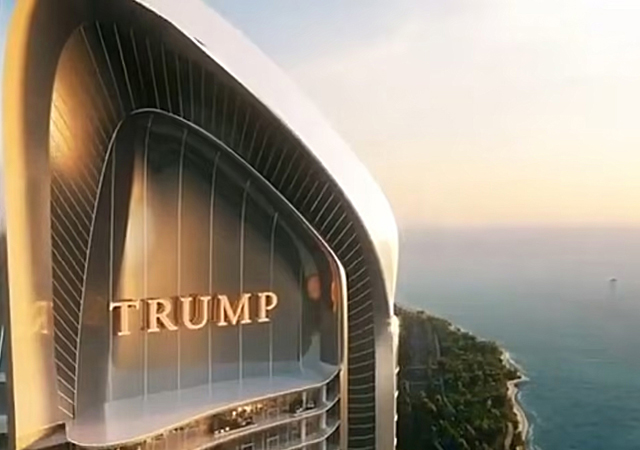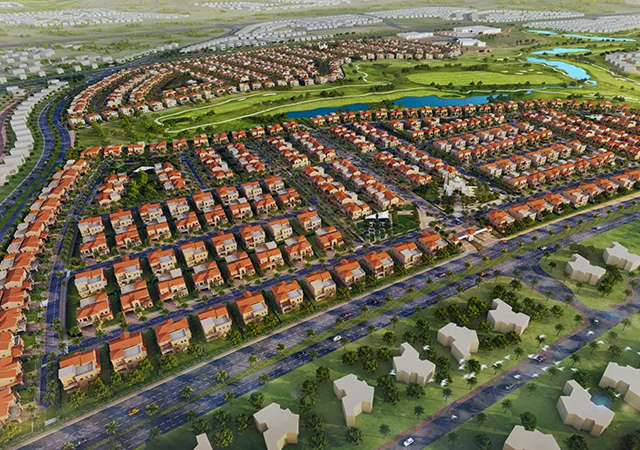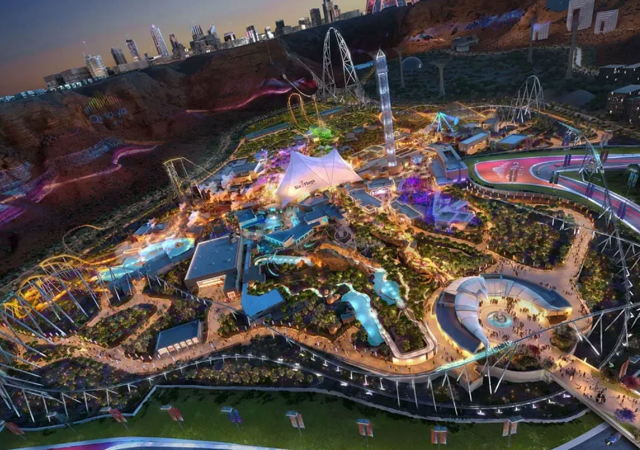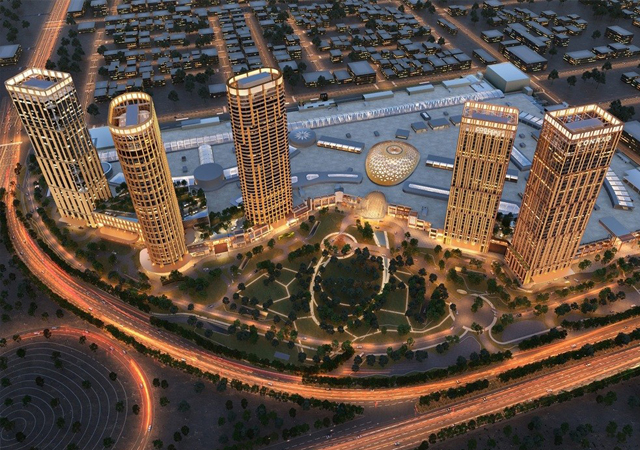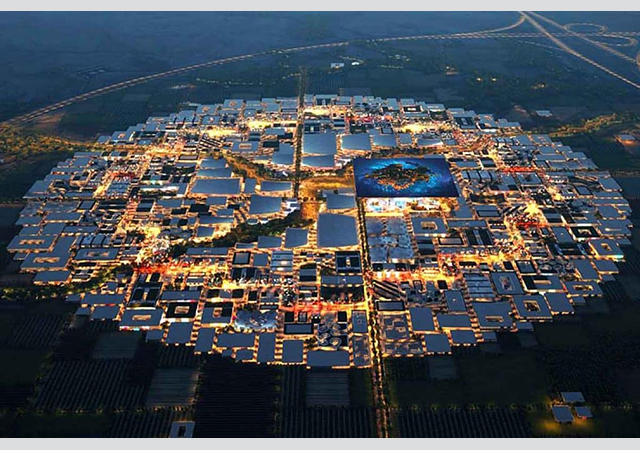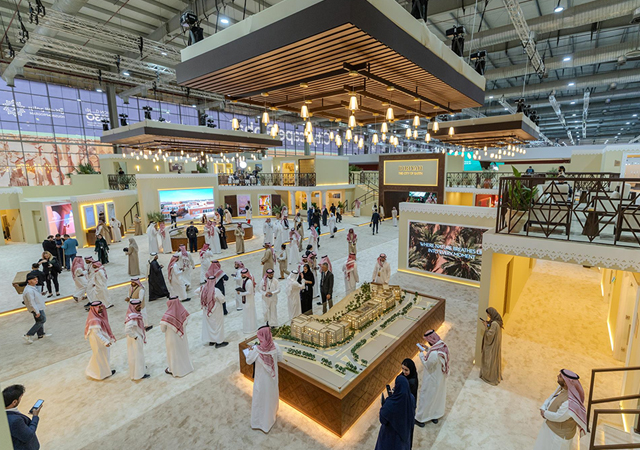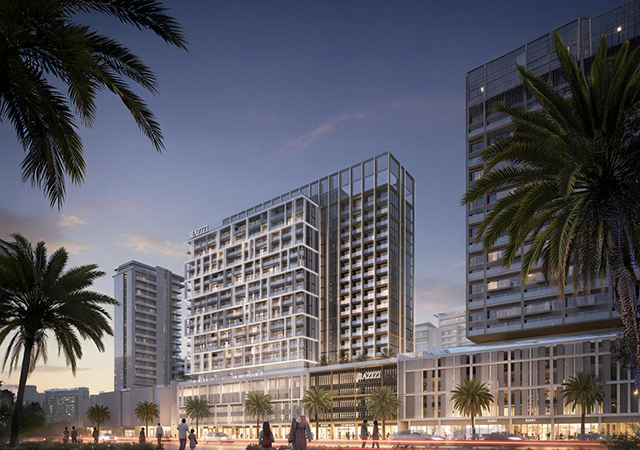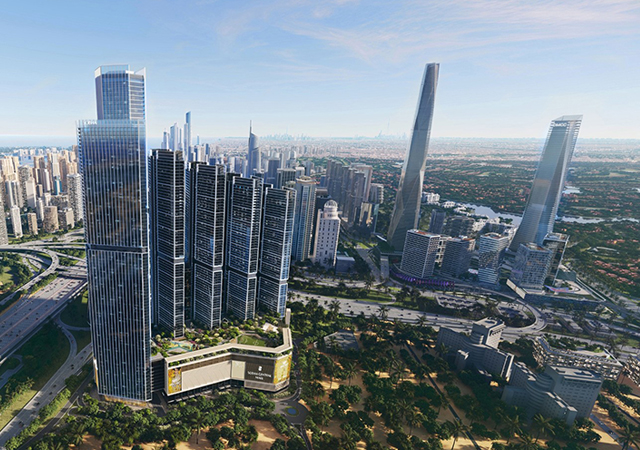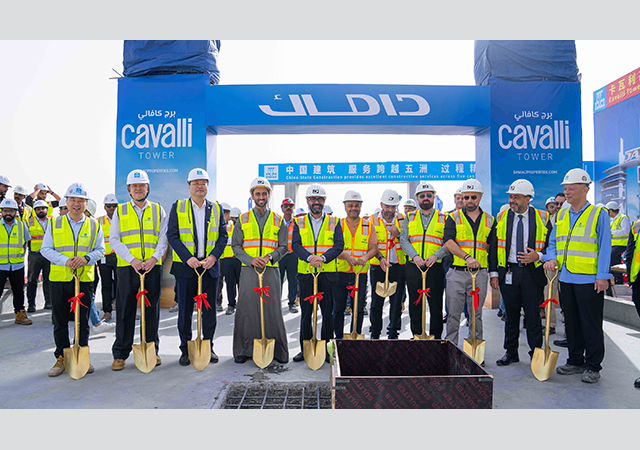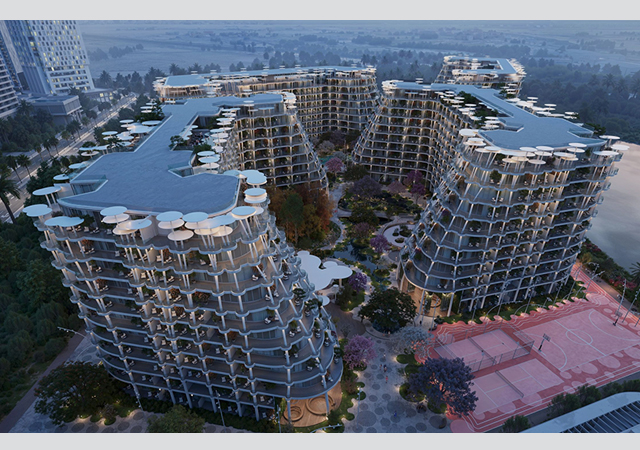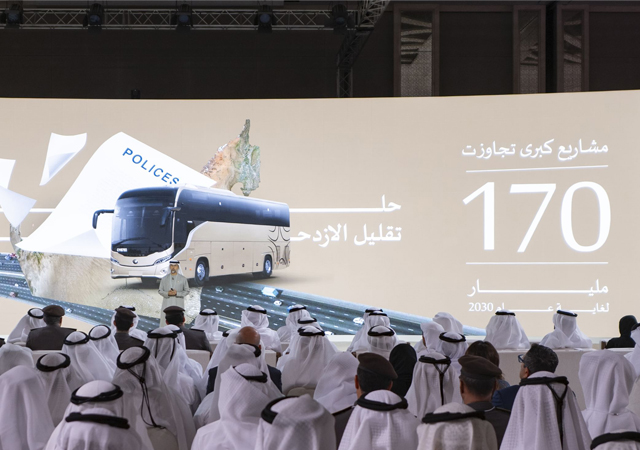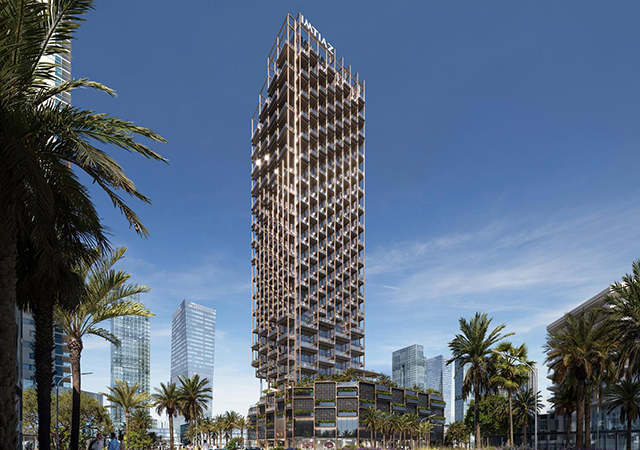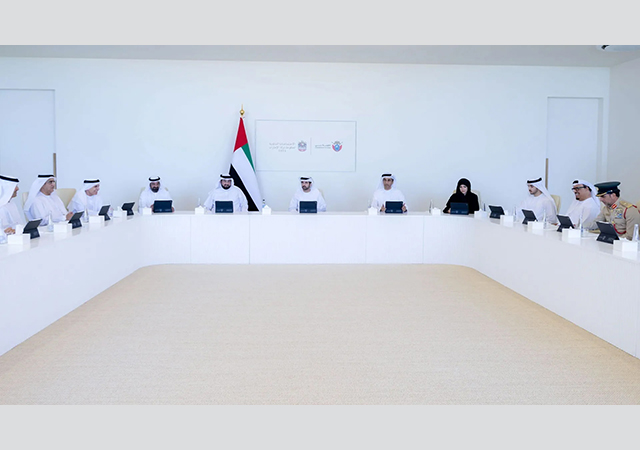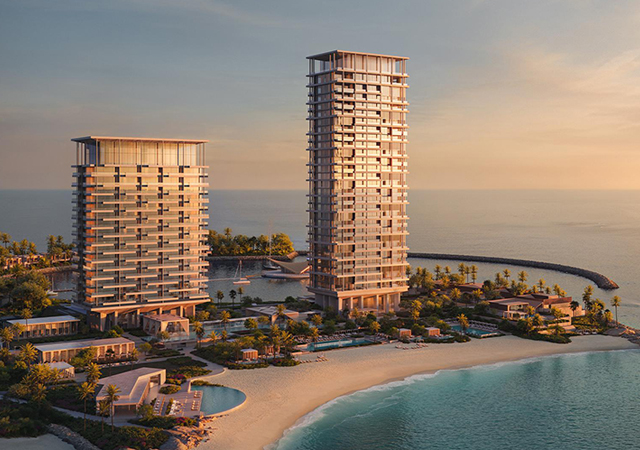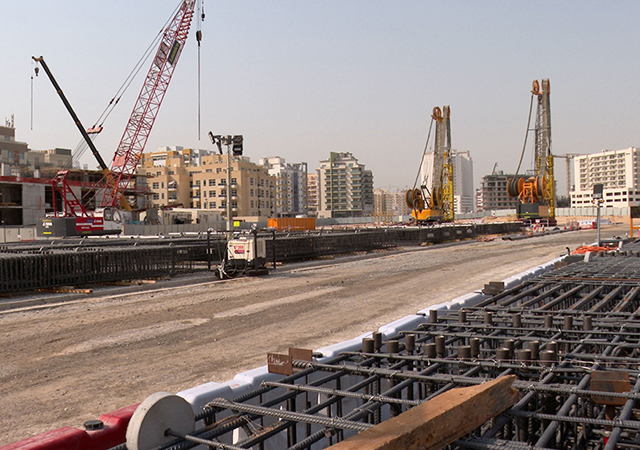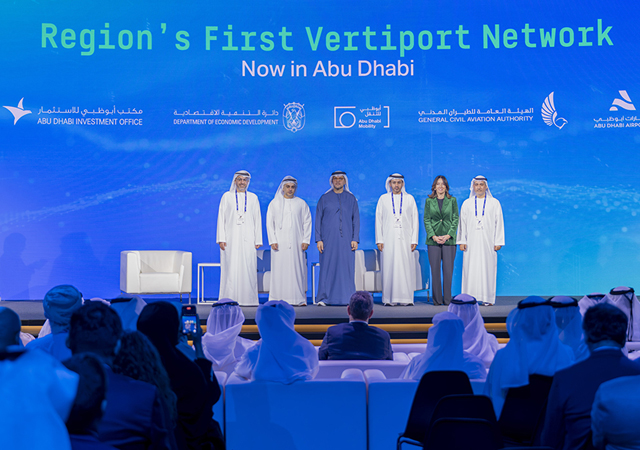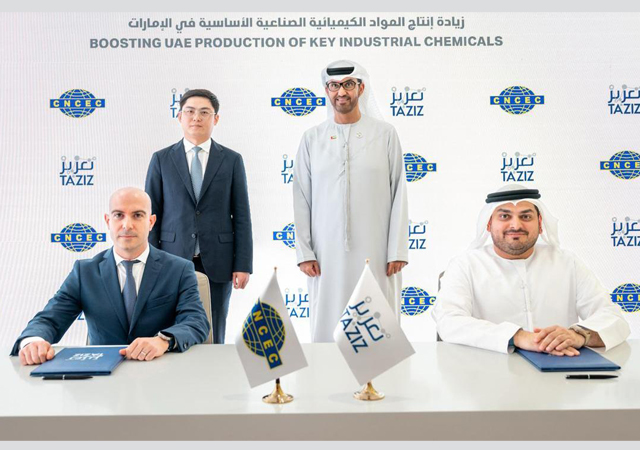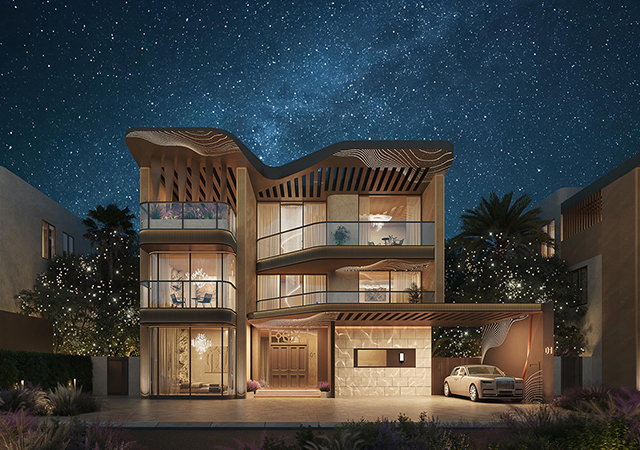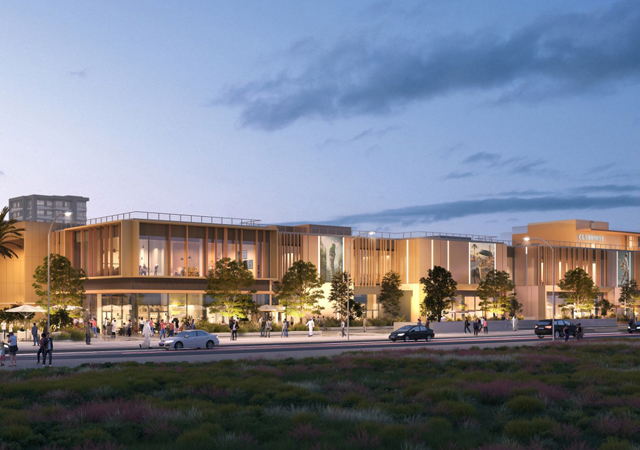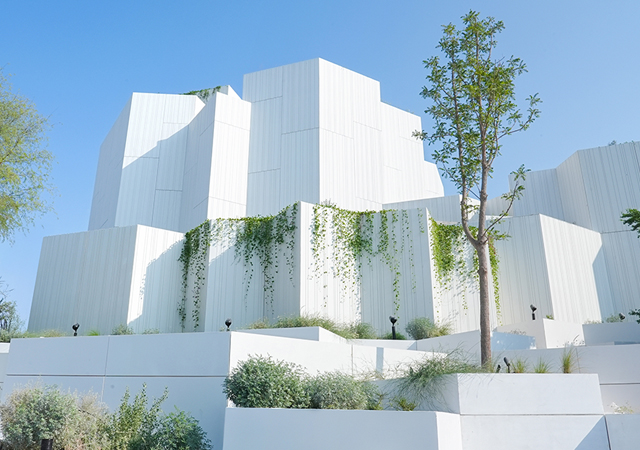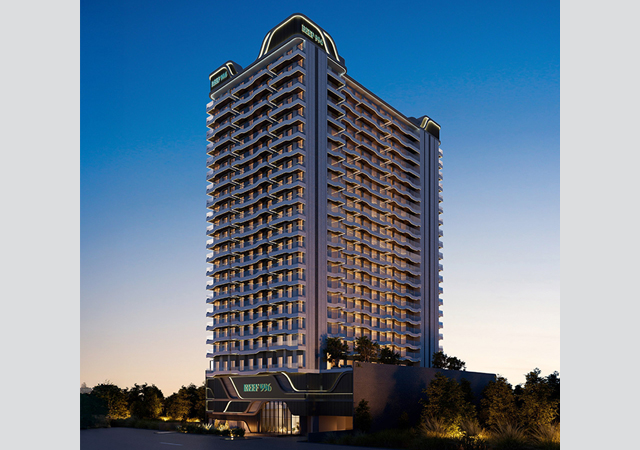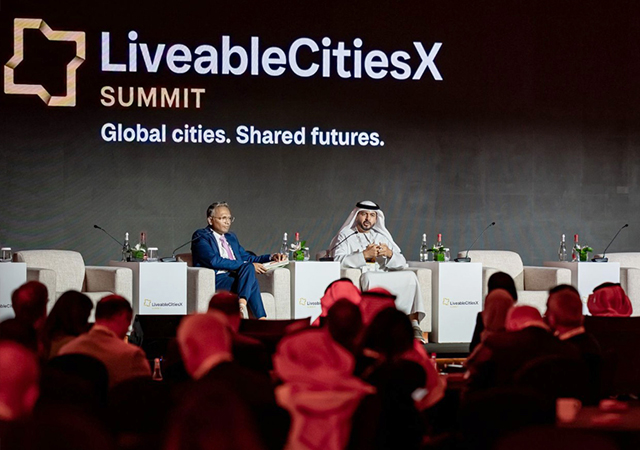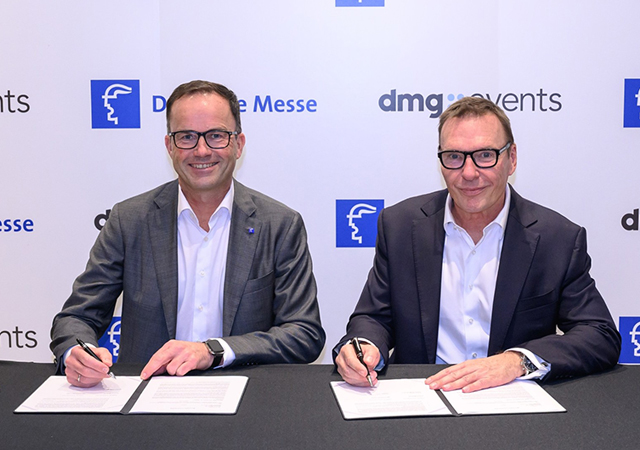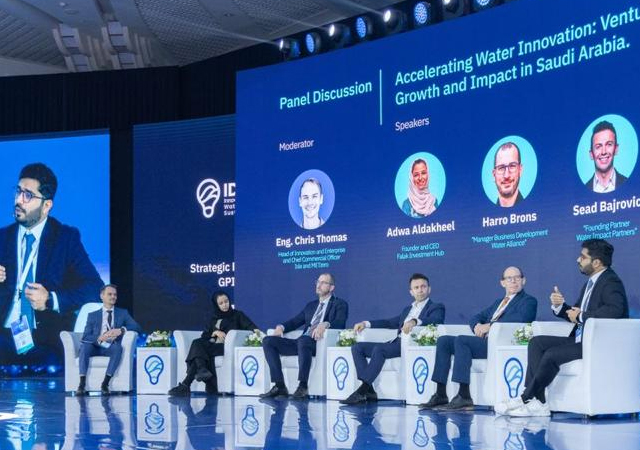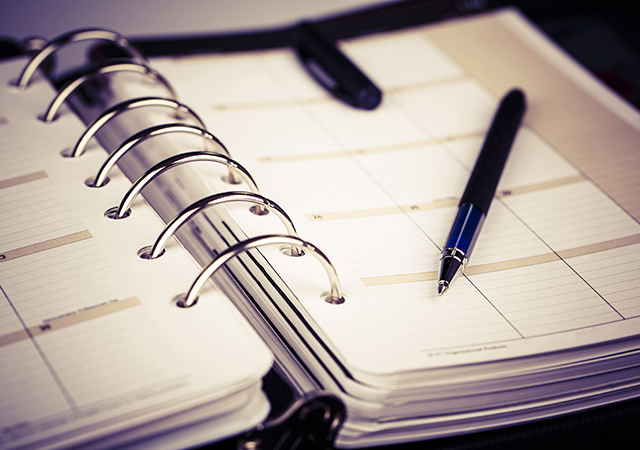
 An artist’s perspective of the Riyadh Expo 2030 site.
An artist’s perspective of the Riyadh Expo 2030 site.
Saudi Arabia’s capital, Riyadh, is witnessing a period of unprecedented urban transformation, fuelled by ambitious mega and giga projects spearheaded by the kingdom’s sovereign wealth fund, Public Investment Fund (PIF).
Plans for a 2-km-tall tower, the world’s largest modern downtown, and a new international airport – which will be the world’s largest – are just a glimpse of the ambitious projects shaping Riyadh’s future. Six new stadiums are slated for construction, alongside a $21-billion metro expansion, further solidifying the city’s position as a global hub for sports and entertainment.
Projects in progress are equally awe-inspiring. Three of the Saudi sovereign wealth fund Public Investment Fund’s (PIF) five giga projects – Diriyah, Qiddiya Entertainment City, and Roshn – are underway, creating diverse and vibrant destinations for tourism, culture and residential living. These projects, alongside initiatives like King Abdullah International Gardens, Sports Boulevard, King Salman Park and Misk City, are transforming Riyadh’s urban landscape.
Riyadh’s recent victories in securing the 2030 World Expo and the 2034 FIFA World Cup will serve as powerful catalysts for accelerated growth in the construction sector, boosting economic activity, modernising infrastructure and reinforcing Saudi Arabia’s Vision 2030 objectives.
Riyadh Expo 2030 is projected to inject a substantial economic boost of $94.6 billion into the nation’s capital, with an estimated 40 million visitors expected during the six-month exhibition; and the momentum will be maintained with the capital set to host the 2034 FIFA World Cup.
Hosting the World Expo necessitates the development of large-scale infrastructure, including exhibition halls, transport networks, hotels, and visitor amenities. Specialised facilities such as thematic pavilions, cultural spaces and entertainment venues will be key components.
For the FIFA World Cup, plans have already been unveiled for six new stadiums in Riyadh alone, while two existing facilities in the city will be revamped.
Saudi Arabia’s Vision 2030, led by HRH Prince Mohammed bin Salman bin Abdulaziz Al Saud, Crown Prince and Prime Minister, aims to position Riyadh among the top 10 global economic cities by 2030, up from its current 40th rank, while increasing its population from 7.5 million up to 20 million.
World Cup Stadiums
Six new stadiums are expected to be built in time to host the 2034 FIFA World Cup. These include the King Salman International Stadium (Capacity – 92,000+); Prince Mohammed bin Salman Stadium (Capacity – 46,000+) in Qiddiya City; New Murabba Stadium (Capacity – 46,000+); Roshn Stadium (Capacity – 46,000); Prince Faisal Bin Fahad Sports City Stadium (Capacity – 46,000+); and South Riyadh Stadium (Capacity – 47,000+).
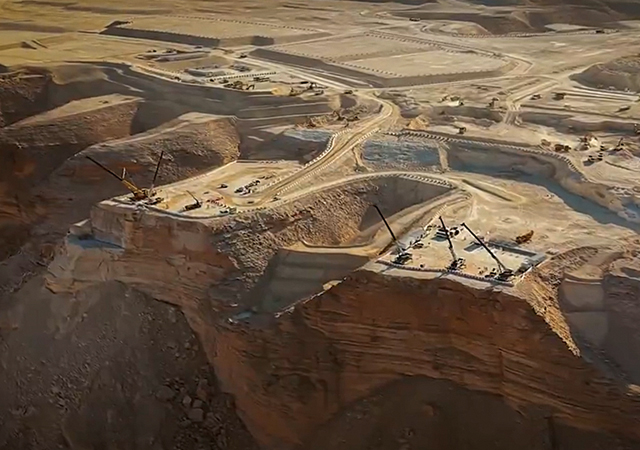 |
|
Excavation and levelling work is under way at the site of the Qiddiya Stadium. |
In addition, the existing King Fahad Sports City Stadium (Capacity – 70,000+) which boasts a distinctive fabric roof inspired by traditional tents, will be refurbished to the highest global standards; while the Saud University Stadium (Capacity – 46,000+) – which currently hosts Saudi Pro League games and other major sporting events – will have its capacity expanded for the matches.
The new Murabba Stadium will be developed by New Murabba Development Company – a unit of PIF – and will be a central pillar of New Murabba, the transformative downtown destination in Riyadh City. Inspired by the layered overlapping planes and peeling planar texture of the native Acacia tree, the New Murabba Stadium’s design is a testament to the fusion of tradition and innovation that defines New Murabba. The stadium is expected to be completed by the end of 2032.
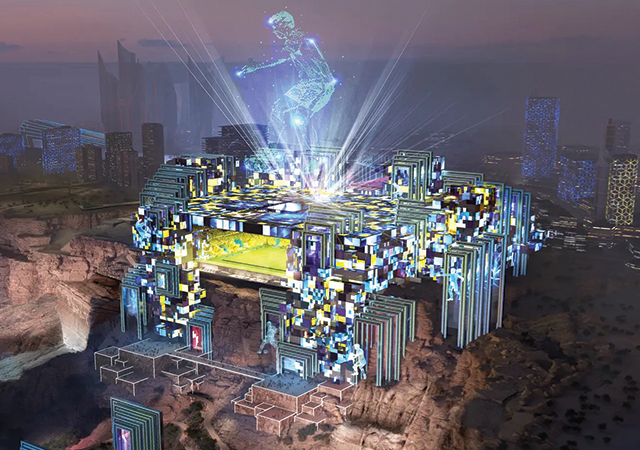 |
|
An artist’s impression of the stadium. |
Roshn Group’s iconic stadium will become a landmark in southwest Riyadh, characterised by its modern crystalline design jutting into the sky from the surrounding district inspired by the urban fabric and architectural features of Saudi Arabia’s central region. Spanning over a 450,000-sq-m area, the landmark mixed-use project will also encompass a wide range of shops, restaurants, and hospitality venues. At its heart lies the main sports and event floor, seamlessly connecting the various facilities with an open and cohesive design.
Prince Mohammed Bin Salman Stadium is a state-of-the-art venue in Qiddiya that will combine the thrill of football with stunning views of the Tuwaiq cliffs for the 2034 World Cup. Qiddiya Investment Company (QIC), a wholly-owned unit of PIF, has appointed a consortium of Spain’s FCC Construcción and Saudi contractor Nesma and Partners for the construction of the stadium. The project, valued at SR4 billion ($1.1 billion), is under construction and scheduled for completion in 2029.
King Salman Stadium will be located in northern Riyadh along King Salman Road next to King Abdulaziz Park. Covering over 660,000 sq m, the stadium project comprises a range of amenities for various sports activities, as well as commercial centres and recreational areas. The main stadium will have a seating capacity of 92,000 and feature a 150-seat royal suite, 120 hospitality suites, 300 VIP seats, and 2,200 dignitary seats. The design of King Salman Stadium and its sporting facilities has been approved, with completion scheduled for Q4 of 2029.
Airport
King Salman International Airport, designed to be the world’s largest airport project, spreads over a sprawling 57-sq-km area and features six parallel runways. It will also include existing terminals at King Khalid International Airport in addition to 12 sq km of airport support facilities and other logistics real estate.
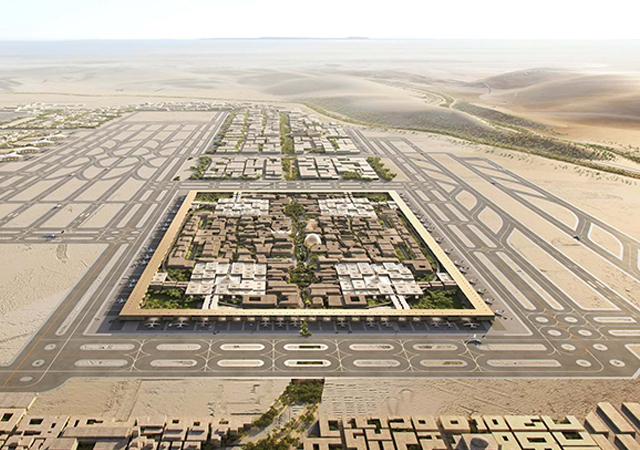 |
|
The Fosters + Partners-designed King Salman International Airport will cover an area of 57 sq km. |
The airport aims to accommodate up to 120 million passengers by 2030 and once fully operational, it will boast a capacity of 185 million passengers by 2050 annually.
Saudi authorities have sealed deals with a host of top global players in the airport construction sector for the project, including British engineering consultancy Mace as the lead consultant, British architect Foster + Partners for the masterplan, and US-based Jacobs for the infrastructure design.
The new airport aims to achieve LEED Platinum certification by incorporating cutting-edge green initiatives into its design and will be powered by renewable energy. It will also have a dedicated terminal for the country’s national carrier, Saudia.
Metro
The last (Orange Line) of the six lines of the Riyadh Metro network became operational early last month, in line with the phased roll-out plan announced at the project’s inauguration on November 27 by HM King Salman bin Abdulaziz Al Saud.
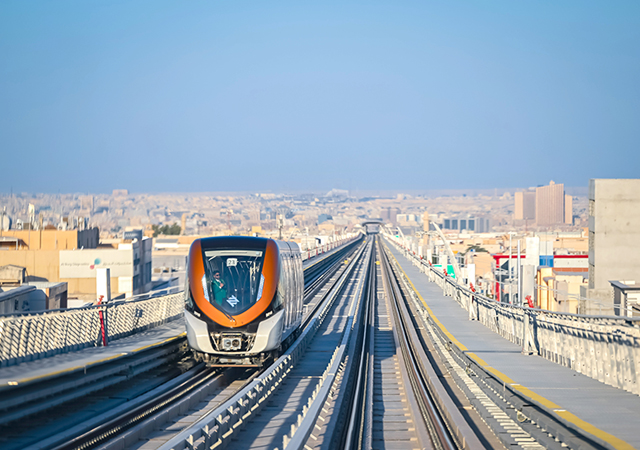 |
|
The Orange Line of Riyadh Metro was flagged off early last month. |
The blue, yellow and purple lines of the metro opened for public use on December 1, while the red and green lines opened on December 15. The orange line was launched on January 5.
Currently, Riyadh Metro consists of a network that includes six train lines covering a total of 176 km and 85 stations, including four main stations. It was built at a cost of $22.5 billion and stands as one of the largest infrastructure projects in the world.
Plans have now been announced by Saudi Arabia’s Minister of Investment Khalid A Al Falih to expand the Riyadh Metro network at an estimated investment of more than $21 billion.
The expansion of the metro calls for the construction of the seventh line. The project has garnered significant interest, with the High Commission for the Development of Riyadh having prequalified companies to compete for its design and construction.
Spanning about 65 km, this metro line will have 19 stations, 14 of which will be built underground and five overground. It will link Qiddiya Entertainment City, King Abdullah International Gardens, King Salman Park, New Murabba, Misk City and Diriyah Gate.
Murabba
Excavation work for the iconic Mukaab – the centrepiece of the New Murabba – and surrounding podium sites is nearing completion. In October last year New Murabba Development Company (NMDC), a unit of Saudi sovereign wealth fund PIF, announced major progress in the creation of its ground-breaking urban destination in Riyadh with 86 per cent completion of excavation work and over 10 million cu m of earth moved.
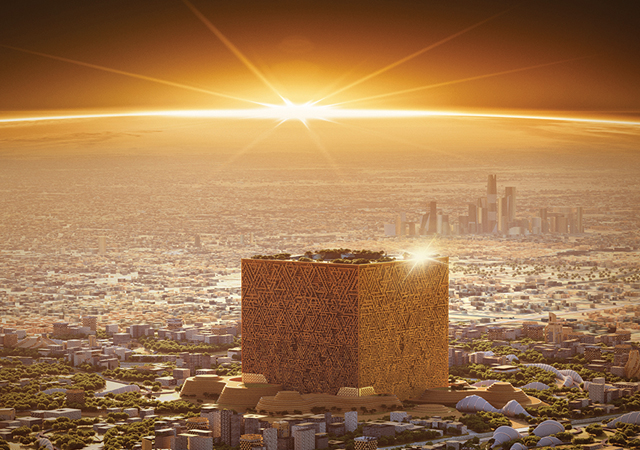 |
|
The iconic Mukaab is the centrepiece of the New Murabba, Riyadh’s new Downtown area which will also host a state-of-the-art stadium |
New Murabba will also be constructing a temporary bridge that will serve as a critical enabler, connecting the construction site by crossing King Khalid Road. This connection will facilitate ongoing development and pave the way for the initiation of piling works on Mukaab in the coming months. NMDC has awarded HSSG Foundation Contracting the piling works contract and has invited the world’s leading contractors to take part in bringing its project to reality.
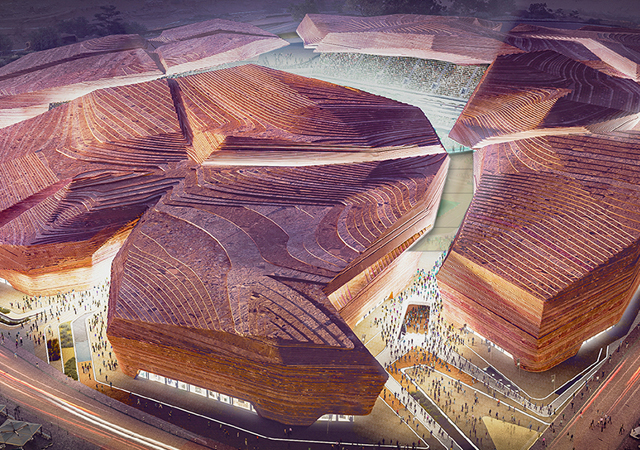 |
|
Riyadh’s new Downtown area which will host a state-of-the-art stadium |
The Mukaab will feature the latest immersive technologies and will be one of the largest built structures in the world (measuring 400 m in height, width, and length).
Qiddiya
Work is at an advanced stage on two theme parks – Aquarabia, the first water theme park of its kind in Saudi Arabia and the largest in the region, and Six Flags Qiddiya City – at Qiddiya City, which are set to be completed this year.
 |
|
Construction work is in progress at Aquarabia and Six Flags Qiddiya City. |
Qiddiya Investment Company (QIC), a wholly-owned unit of PIF responsible for the development of this entertainment and tourism mega-project in Riyadh, has also launched work on the Prince Mohammed bin Salman Stadium and unveiled plans for further cultural and entertainment hubs with Qiddiya (see separate article).
Diriyah
Diriyah is gearing up for the next phase of its development with the appointment last month of Omrania, a subsidiary of Egis Group, as the design consultant for its iconic Boulevard District project. This flagship district will become a major focal point for the $63.2-billion Diriyah project and provide connectivity across multiple areas within the ancient city’s comprehensive master plans.
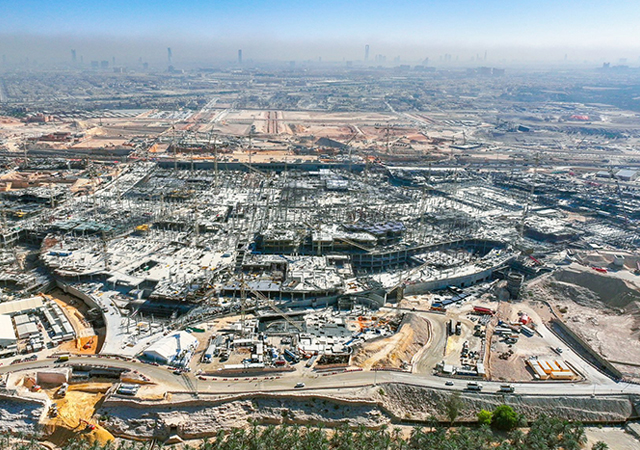 |
|
An aerial view of the super-basement of Diriyah Square, a key asset at Diriyah. |
Diriyah Company said it has significantly accelerated its development programme through securing major agreements for large-scale projects within the 14-sq km development area with key contracts awarded to other contractors. Recent contract awards include a $1.55-billion deal inked in November last year for the development of Qurain Cultural District; a $2-billion contract in July for the design and construction of assets in Diriyah’s Northern District; and another $2-billion contract for the construction of four luxury hotels and the Royal Diriyah Equestrian & Polo Club in Wadi Safar.
Last month, Diriyah Company announced the opening of two major electricity substations, the 1,707 MVA-capacity Bulk Substation and 200 MVA-capacity Primary Substation (see separate article).
Green Riyadh
A number of initiatives are under way as part of the Green Riyadh programme launched by HM King Salman and initiated by HR Prince Mohammed bin Salman. The project aims to plant over 7.5 million trees in the kingdom’s capital, increasing the city’s green cover to nine per cent and raising the per capita green space from 1.7 sq m to 28 sq m.
Designed to enhance Riyadh’s urban environment through the greening of residential neighbourhoods, this megaproject contributes to the Saudi Green Initiative (SGI) of planting 10 billion trees across the kingdom as part of Saudi Vision 2030.
Among such initiatives, work was launched in June last year on three city parks in the capital spanning a 550,000-sq-m area. These parks, being developed in the neighbourhoods of Al Munsiyah, Al Rimmal and Al Qadisiyah, will boast 18 km of walking trails, 8 km of running tracks, 8.5 km of cycling paths and 22 kids play areas.
The parks, situated in the eastern part of Riyadh, complement the natural landscape of Wadi Sulai and are seamlessly connected with the Sports Boulevard through green pedestrian streets and corridors. More than 585,000 trees and shrubs will be planted, covering 65 per cent of the parks area.
Work is also in progress at the Sports Boulevard to boost Riyadh’s green cover, which aims for a 62 per cent increase in the capital’s green space share per capita, and bring a healthier, more vibrant lifestyle to the city (see separate article).
Roads
Riyadh has embarked on major projects to ease the traffic congestion in the city and its neighbourhoods. As part of this drive, in August last year the Royal Commission for Riyadh City (RCRC) awarded road infrastructure contracts worth SR13 billion as part of the first phase of the Main and Ring Roads Development Programme.
This was followed in December by the appointment of Parsons Corporation, a leading provider of critical infrastructure services, to provide programme management office (PMO) services on the programme. As per the three-year contract, Parsons will be the PMO for all new major road development programmes in Riyadh, providing overall management and control of construction activities. The programme includes about 500 km of new and improved road corridor works.
Parsons has been working with RCRC for over a decade on projects including the city transportation masterplan for Riyadh and has provided programme and construction management services for the King Abdulaziz Project for Riyadh Public Transport, with the Riyadh Metro as the centerpiece along with a new bus network.
The Main and Ring Roads Programme will provide a critical interfacing layer within this transformational, multi-modal system. Key objectives of the programme are to keep the city moving during construction and also to meet the requirements associated with the growth plans for Riyadh, including tackling congestion and hosting global events such as the Riyad Expo 2030 and 2034 FIFA World Cup 2034.
According to RCRC, the first phase’s projects are expected to be completed within three to four years.
Real Estate
The construction industry eagerly awaits the official launch of what is expected to be the world’s tallest tower by a broad margin – the 2-km-high skyscraper in Riyadh – which is being designed by Foster + Partners, according to media reports.
The PIF is reportedly behind this proposed record-breaking Riyadh skyscraper, which will come up on a site close to King Khalid International Airport, north of the Saudi capital.
According to various media sources, the proposed skyscraper, named The Rise, will boast a record 678 floors. To be developed as the anchor project of the mammoth North Pole project, it will span an impressive 306 sq km area and is expected to be entirely powered by solar energy as well as other renewable sources.
Also in northern Riyadh, Hassana, the investment manager of the General Organization for Social Insurance (GOSI), is collaborating with Kinan International Real Estate Development Company on an innovative mixed-use real estate project which will accommodate up to 9,000 residential units and encompass a total commercial built-up area of 222,000 sq m.
Located in the Al Rimal district over a 2-million-sq-m area, the project will incorporate residential, educational, healthcare, entertainment, retail and office spaces alongside other contemporary amenities.
Meanwhile, the iconic King Abdullah Financial District (KAFD) is being further developed with some 3,000 apartments and more than 45,000 car-parking spaces. The PIF-owned 3.2-million-sq-m district is also building three five-star hotels with a combined capacity of 630 rooms, which are nearly complete.
The King Abdullah Financial District Development and Management Company (KAFD DMC), which oversees the development of the district, early last year awarded three design-and-build contracts to Mohammed Alrashid Trading & Contracting Company (Marco) for the development of Buildings 3.01, 3.02, 3.06, and the rooftop area of Building 3.11, in addition to two sky bridges; the fit-out works for a lifestyle hotel to MID Arabia; and a fit-out contract for a new 16-storey luxury hotel to a joint venture of Saudi Constructioneers (Saudico) and the fit-out unit of UAE group Alec.
In a LinkedIn post last month, KAFD stated that all structural skeleton works of Building 1.06, a mixed-use parking development, have been completed, marking 77 per cent overall progress, with over 1.6 million safe man-hours.
This mixed-use development will include an integrated transportation system via skywalks and a monorail station. It will also include various rooftop facilities, such as KAFD’s first elevated helipad, a fitness centre, and other entertainment facilities, providing more than 2,000 parking spaces with access to EV chargers.
Among other developments, work is forging ahead on the SR17.2 billion The Avenues – Riyadh, a mega multi-purpose development with a built-up area of 1.8 million sq m in the north of Riyadh, which is expected to open in Q1 of 2026.
The Avenues – Riyadh extends across an area of 390,000 sq m. The development will house a plethora of hospitality, lifestyle, and entertainment venues, including three hotel towers, namely a Waldorf Astoria, Canopy by Hilton, and Conrad Hotel, a residential tower and an office tower with a parking lot for more than 14,000 vehicles.
Furthermore, The Avenues – Riyadh is set to become one of the largest commercial malls in the Middle East, with a gross leasable area of around 370,000 sq m.
Housing
Saudi Arabia’s National Housing Company (NHC) and the PIF-owned developer Roshn are building thousands for housing units in the capital to meet the kingdom’s housing demand, diversify supply and address the varied needs of Saudi families.
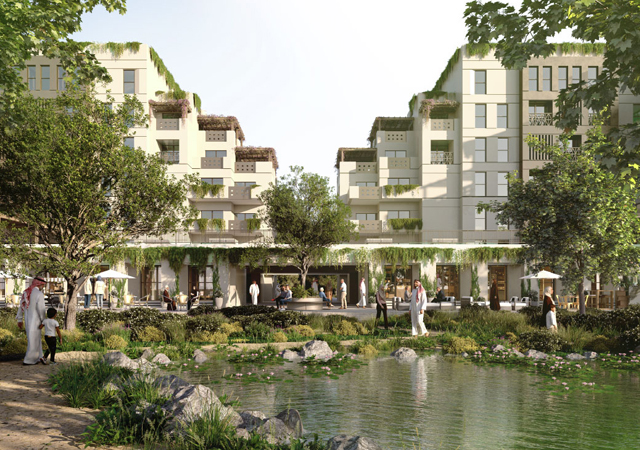 |
|
NHC has launched 11 residential projects in Riyadh’s Khuzam area. |
Among such projects, the NHC has launched 11 key residential projects in the Khuzam area of the capital featuring over 10,000 units – ranging from luxurious villas to contemporary apartments. In addition, it signed 38 agreements worth over SR5 billion in November last year, including a deal with Tatweer for a mixed-use project worth SR1.5 billion.
NHC has also joined hands with the Talaat Mostafa Group for the construction of Banan City being set up at a total investment of SR40 billion over a 10-million-sq-m area in northeast Riyadh.
Strategically located near vital hubs like King Khalid International Airport and Riyadh Expo 2030, Banan City is poised to be a cornerstone in Riyadh’s northeast expansion.
The mixed-use gated community will feature over 27,000 residential units.
Among other projects, NHC last year awarded a contract worth SR1 billion to Urbas Middle East Real Estate Company, a subsidiary of leading Spanish group Urbas, for the construction of 589 residential units spread over an area of 150,000 sq m within the Al Fursan suburb in the northeast of Riyadh.
Al Fursan covers an area of 35 million sq m and will feature over 50,000 residential units.
Meanwhile, Roshn has embarked upon the development of two housing communities – Sedra, which is under construction and the upcoming Warefa development.
Sedra, spanning over 20 million sq m near Riyadh’s main airport and the Riyadh Expo 2030 site, will feature 30,000 homes and more than 400 amenities. It will be developed in eight phases of which four have been launched. Phase Four comprises 4,860 new homes spread over a 1.9-million-sq-m area (see separate article).



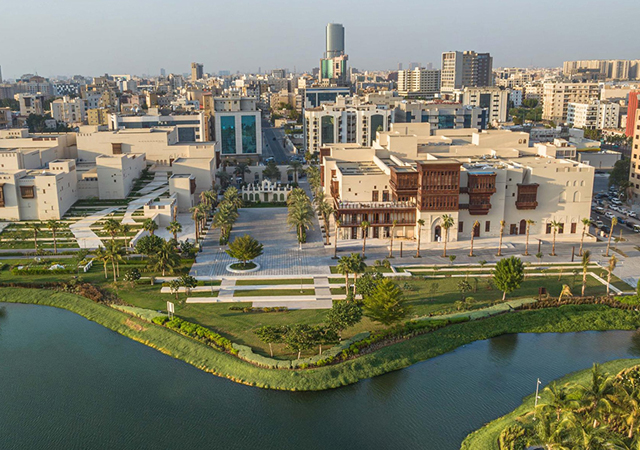
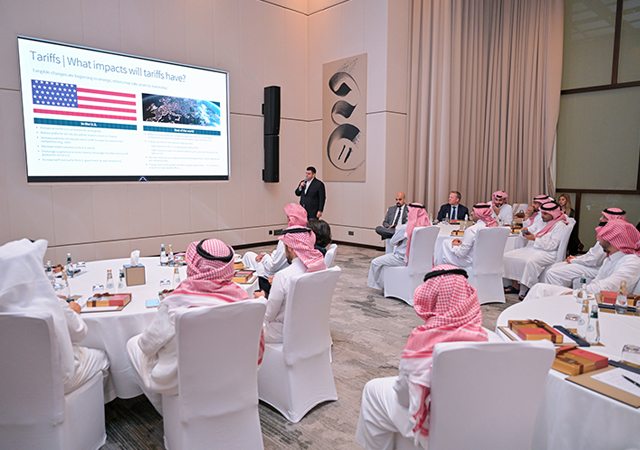
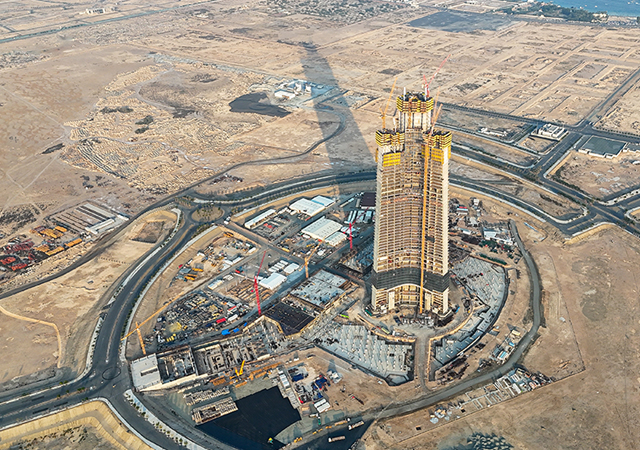
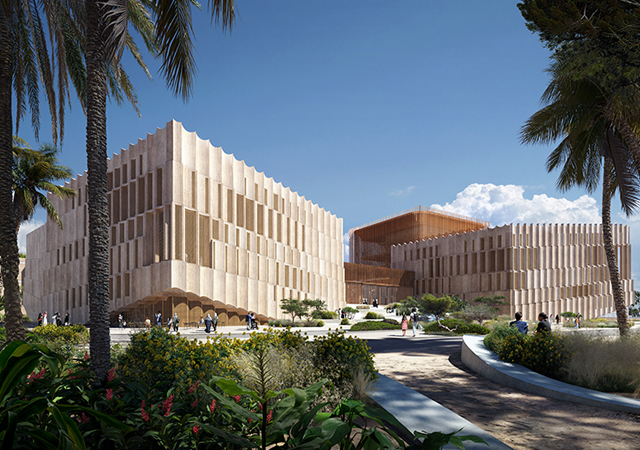
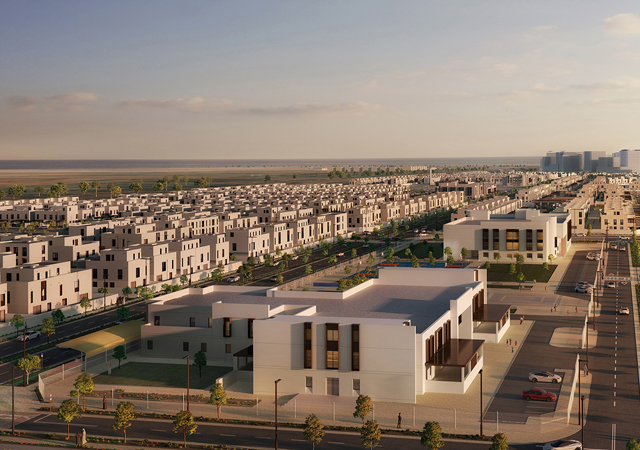
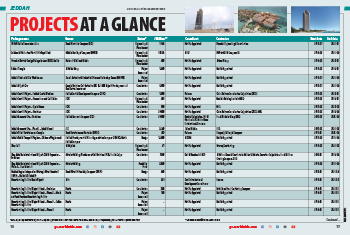
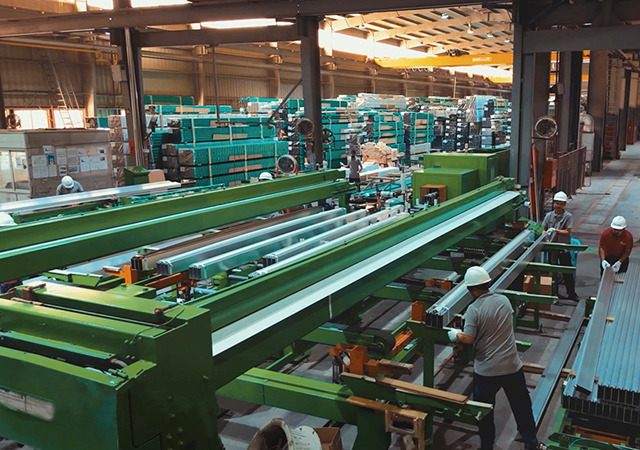

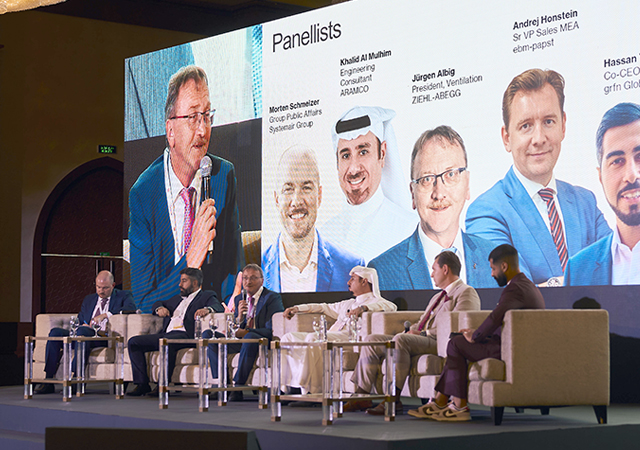
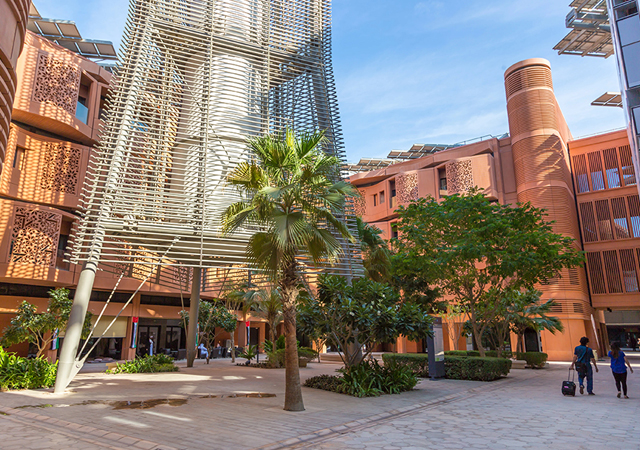
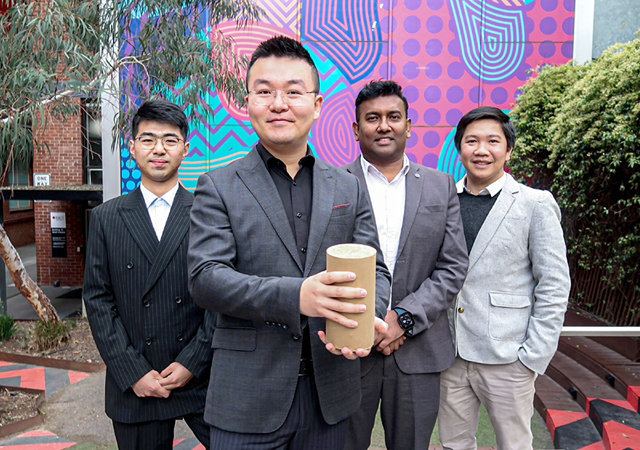
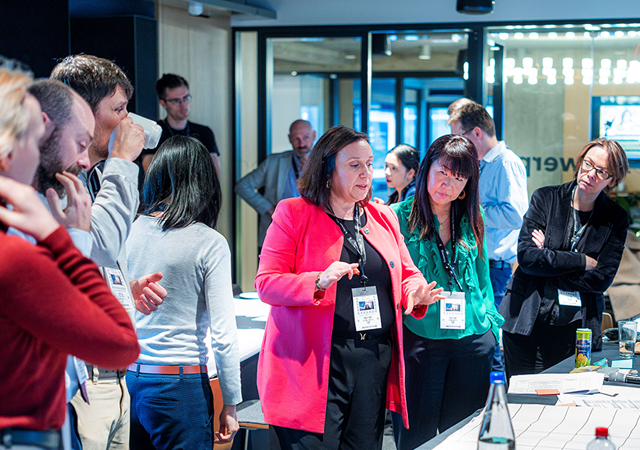
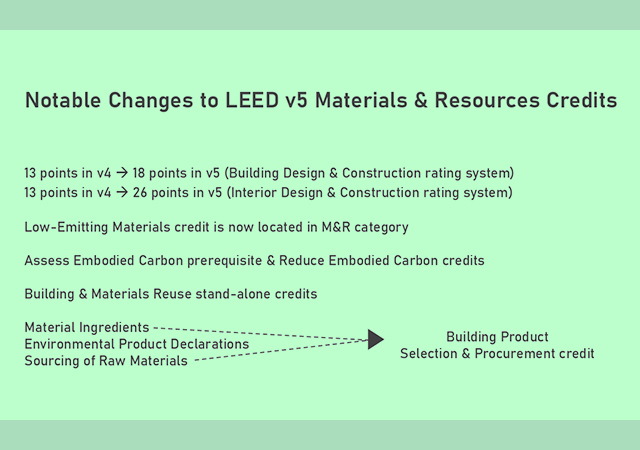
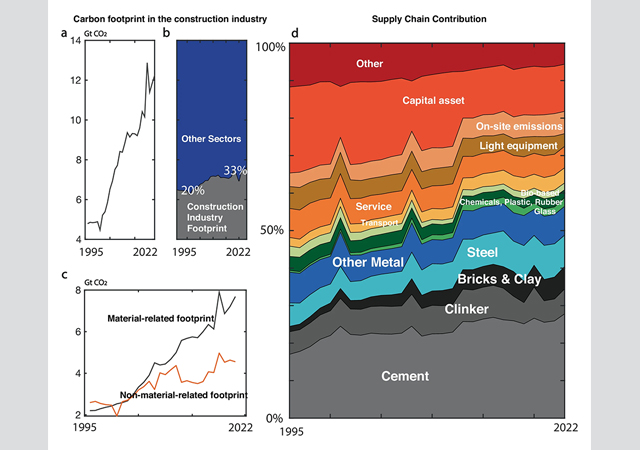
.jpg)
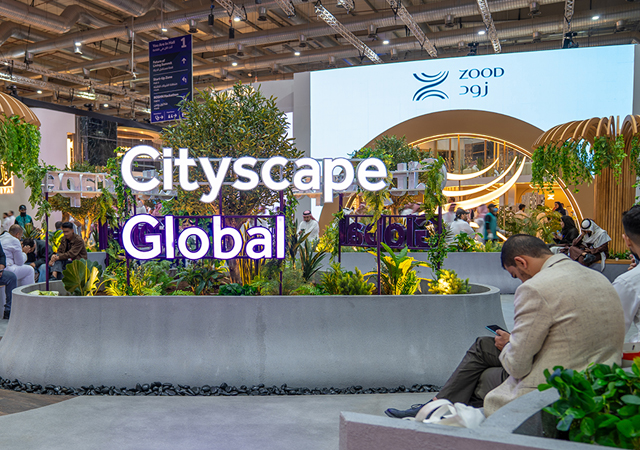
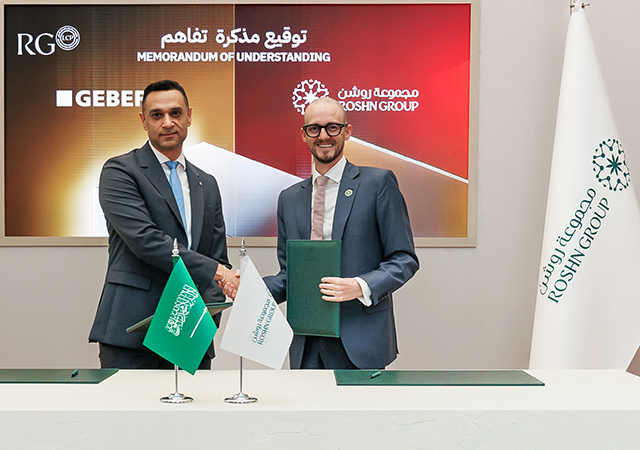
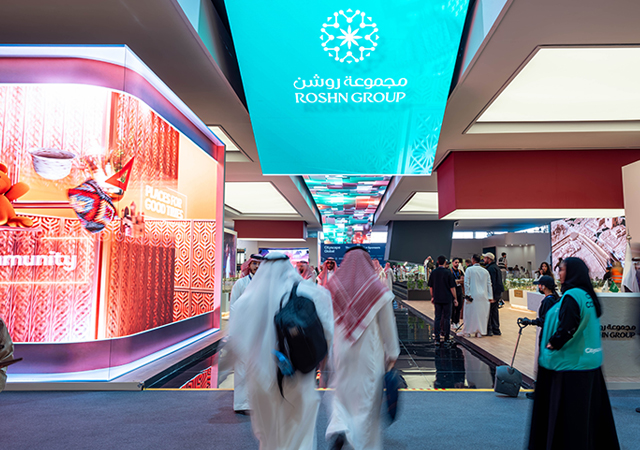
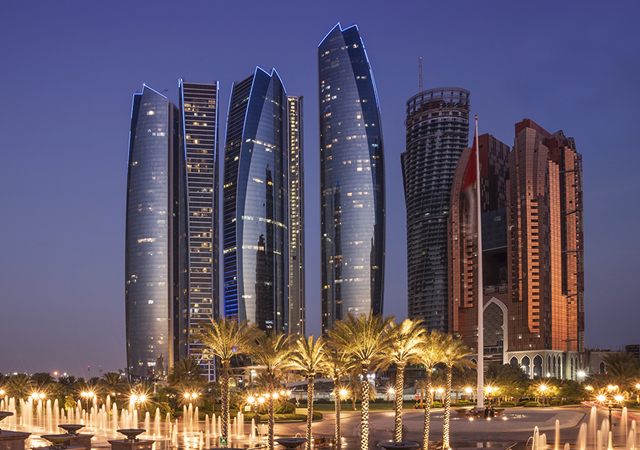
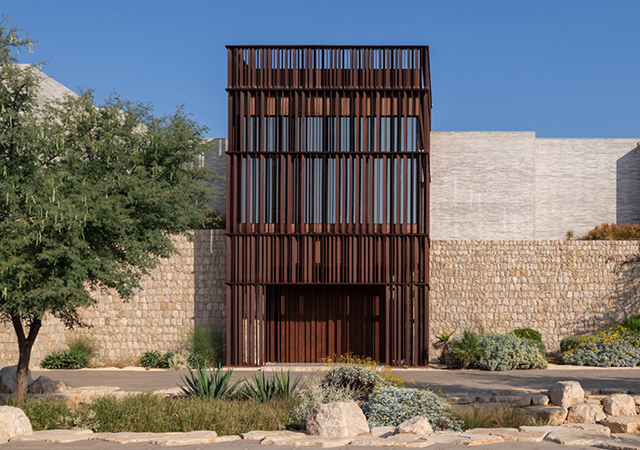
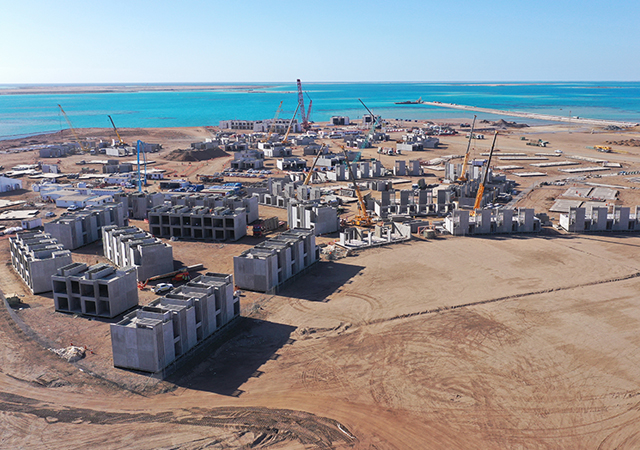
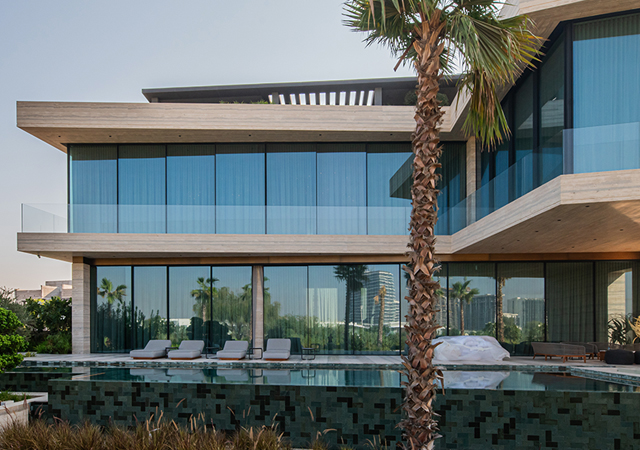
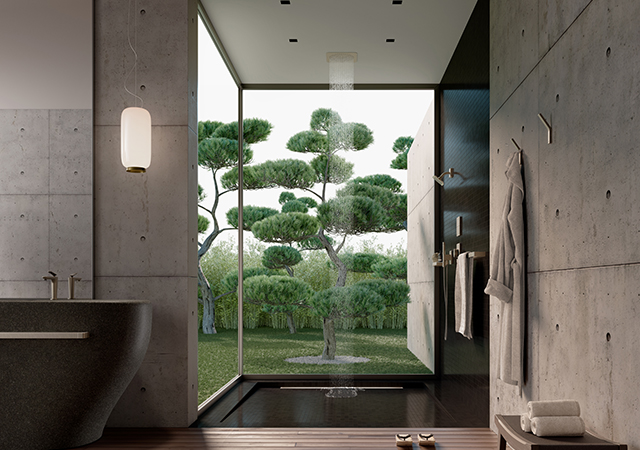
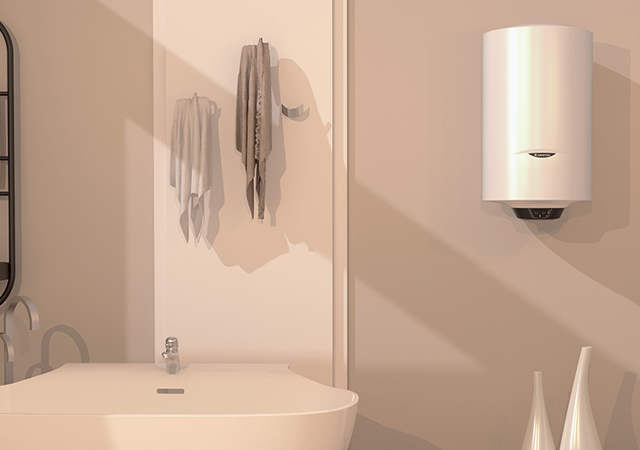
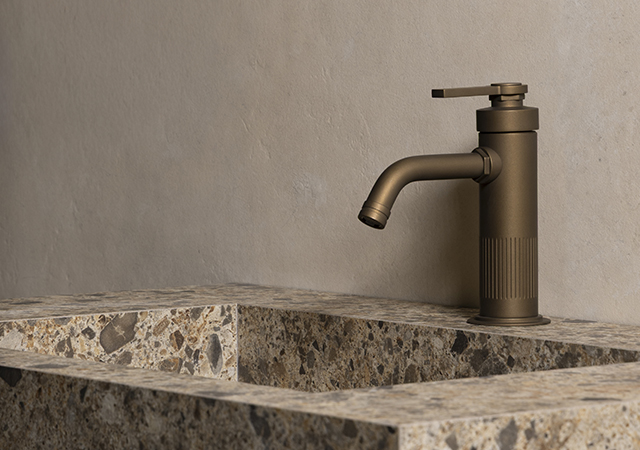

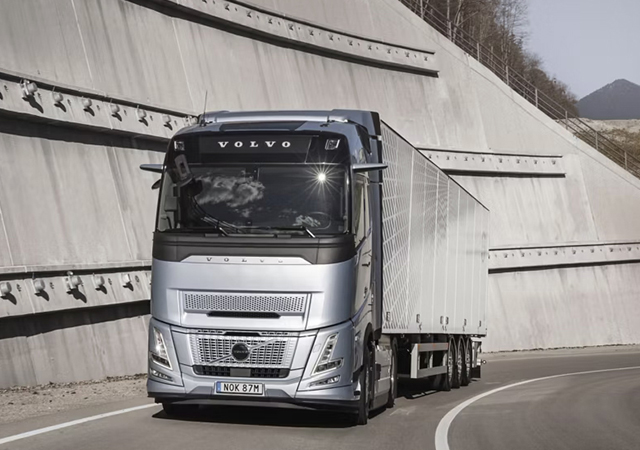
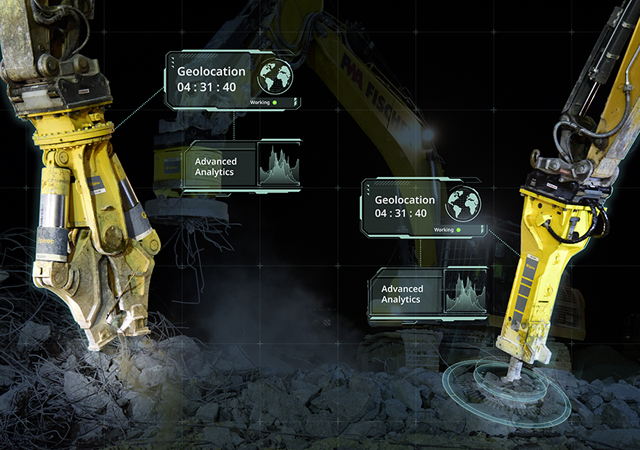
 (1).jpg)
